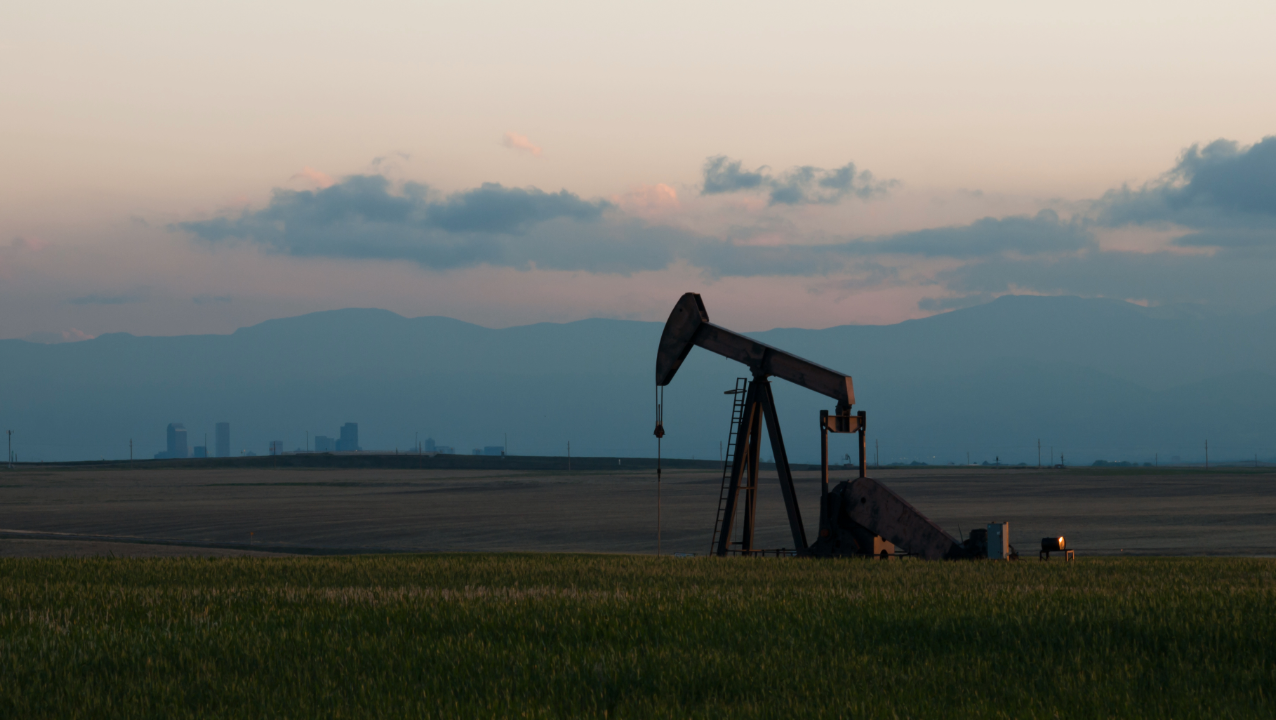August 26, 2024
The impacts of the oil and gas industry on people, wildlife, and the environment are myriad.
Think of the roads and infrastructure surrounding extraction sites that cause habitat loss and fragmentation for migrating animals; ongoing pollution impacts to plants, soil, water, and insects, even after extraction has ended; health concerns to nearby communities; drain on fresh water sources used in the extraction process; and even the noise and smell from operations. And then there’s the potential impact from future wells that haven’t even been built yet.
These impacts shouldn’t be assessed individually – to look at the impact of one new operation only gives you a sliver of the total picture. The impacts are additive and compound on each other. They span space and time, complex disciplines, and are difficult yet critical to quantify for the health of Colorado residents and our environment.
This is why the Colorado legislature tasked the state’s Energy and Carbon Management Commission (ECMC) – the primary agency with authority to regulate oil and gas in the state – with assessing and addressing these cumulative impacts. Unfortunately, this is a task it has repeatedly failed to complete.
ECMC’s failure to address cumulative impacts
The Colorado legislature has long sought to get a big-picture view of oil and gas impacts. Unfortunately, despite the passage of three laws in 2019, 2023, and 2024, aimed to corral the ECMC into assessing the industry’s impacts, it has regularly fallen short of its obligation to do so.
This June, ECMC staff finally released an initial set of draft rules to evaluate and address cumulative impacts. Since then, environmental groups, including WRA, called upon the ECMC to substantively improve this first draft. We were instead discouraged to see a surprise second draft from ECMC staff that succumbed to industry pressure and took an alarming step backward.
The latest draft, released in early August, offered regulatory shortcuts for developers, weakened protections for communities disproportionately impacted by oil and gas, and intentionally found workarounds on provisions meant to safeguard impacted ecosystems.
Biological Resources Ignored
Notable in the latest draft was a failure to focus on oil and gas impacts on the often overlooked but integral aspects of the environment like rare and sensitive plants, wetlands, and insects. These parts of the environment are called “biological resources,” and WRA has been championing their inclusion in the draft rules.
In the latest draft, ECMC staff deleted the definition of biological resources from the draft rules, even though a comprehensive, science-based definition was already laid out by an internal working group, which included scientists and industry representatives.
The latest August draft rules also stalled efforts to address impacts on biological resources by calling out a lack of sufficient information on the topic, even though credible, scientific information on a lot of species and habitats is available right now. The ECMC can and should begin to address these impacts using available data. The need for more information cannot be a perpetual excuse.
The draft rules also propose to ignore impacts to specific species and instead focus on impacts to their habitats as an indicator of overall ecological wellbeing. The rules claim that “surface disturbance” in key habitats – meaning total acres bulldozed for a new operation – is a good enough metric to use on its own. Though the development and loss of habitats do reveal something about the overall health of a species, a focus on just impact to habitats alone won’t tell us the whole story.
For example, data shows that noise from oil and gas operations causes physiological stress for certain animal species, but noise is not going to register as a problem if the ECMC only looks at surface disturbance in habitats. A focus just on habitats alone will not account for overall species wellbeing, and the ECMC needs a complete picture of oil and gas impacts to address them.
With these choices, the draft rules disregard scientific evidence and succumb to industry pressure. If they move forward, our fragile ecosystems will remain unprotected and overlooked.
Lack of Baseline Data
In the 2024 legislative session, lawmakers passed House Bill 24-1346, which again tasked the ECMC with evaluating and addressing cumulative impacts to public health and the environment. That bill defined “cumulative impacts” to include the individual impacts from new oil and gas development when added to past, present, and reasonably foreseeable future development of any type. To address this, the ECMC must establish, update, and make available to the public baseline data showing impacts across both space and time.
If unrevised, the proposed rules will merely result in mounds of qualitative impact reports submitted by operators – not reliable and accessible data to inform the ECMC about the impacts of oil and gas operations.
Most of the information needed to compile a statewide database has already been gathered by other highly credible entities and is available for use right now. This information simply needs to be pulled into a single, publicly available database that can be referenced and updated, a task ECMC and its staff could tackle to make a substantial stride toward fulfilling the statutory mandate to evaluate and address cumulative impacts.
An Arbitrary Impact Area
The same 2024 law directs the ECMC to determine the “impact area,” or the geographic area where proposed oil and gas operations’ impacts on people, wildlife, biological resources, water, and air quality might be felt.
Oil and gas operations are not one-size-fits-all, and the law states that the impact area, or areas, should be defined by the intensity, scope, and scale of each unique operation.
The size of the impact area will also vary depending on the public health or environmental questions at hand. The impact area for wildlife will not be the same as the impact area for air quality. For example, mule deer rely on summer and winter habitats that cover vast areas. To safeguard mule deer from oil and gas impacts requires an understanding of all threats to a particular herd’s habitat, no matter how extensive.
The impact area forms the heart of the ECMC’s cumulative impacts analysis – it is the lens through which the agency examines the additive consequences of proposed oil and gas operations when combined with past, present, and reasonably foreseeable effects of all other development in the state.
Rather than follow this nuanced directive, the draft rules narrow the default impact area to a one-mile radius around any proposed oil and gas well pad, regardless of the details of the specific project, or the public health or environmental impacts at stake.
This arbitrary radius is divorced from fact. The draft rules also fail to capture impacts like road building, traffic, drifting air pollution, and the use of fresh surface water that can happen well beyond one mile from an extraction site.
The use of a one-mile radius ensures that the ECMC will miss most of the problem when addressing cumulative impacts, and that Colorado’s public health and environment will continue to be harmed.
WRA fighting for improved rules
It’s common sense that you can’t fix something if you are blind to the problem in its entirety.
In the draft rules, ECMC staff used a narrow aperture on these issues to appease industry without making good-faith efforts to understand and address cumulative impacts. This leaves Colorado’s citizens, wildlife, and ecosystems open to substantial risks. If the ECMC adopts the draft rules, it will shirk its responsibility to Colorado’s communities and environment.
WRA, alongside key partners, will testify before the ECMC this September, decrying these changes and advocating for final rules that will truly evaluate and address the oil and gas industry’s cumulative impacts on our wildlife, biological resources, waterways, and communities.







